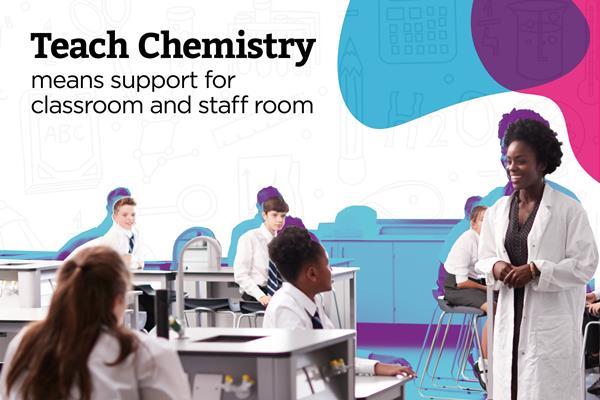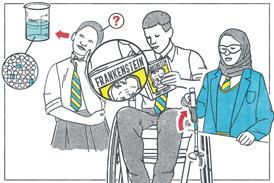Chlorinated compounds form in tea and coffee

Treated water reacts with organics to form disinfection byproducts
Tea and coffee are the most consumed beverages in the world, but a new study has discovered some unexpected chemistry occurring in our cups.
Chlorine is added to water as part of the disinfection process, with a residual amount remaining in the treated water. This chlorine reacts with organic molecules in the water to produce chlorinated chemicals known as disinfection byproducts (DBPs), such as chloroform.
Tea, and to a lesser extent coffee, contain organic aromatic compounds that give the drink its flavour, but these are also the compounds that react to form byproducts. The study investigate the levels of DBPs in some of our most popular drinks.
This article provides a link to coverage by Chemistry World
Thanks for using Education in Chemistry. You can view one Education in Chemistry article per month as a visitor.

Register for Teach Chemistry for free, unlimited access
Registration is open to all teachers and technicians at secondary schools, colleges and teacher training institutions in the UK and Ireland.
Get all this, plus much more:
- unlimited access to resources, core practical videos and Education in Chemistry articles
- teacher well-being toolkit, personal development resources and online assessments
- applications for funding to support your lessons
Already a Teach Chemistry member? Sign in now.
Not eligible for Teach Chemistry? Sign up for a personal account instead, or you can also access all our resources with Royal Society of Chemistry membership.


